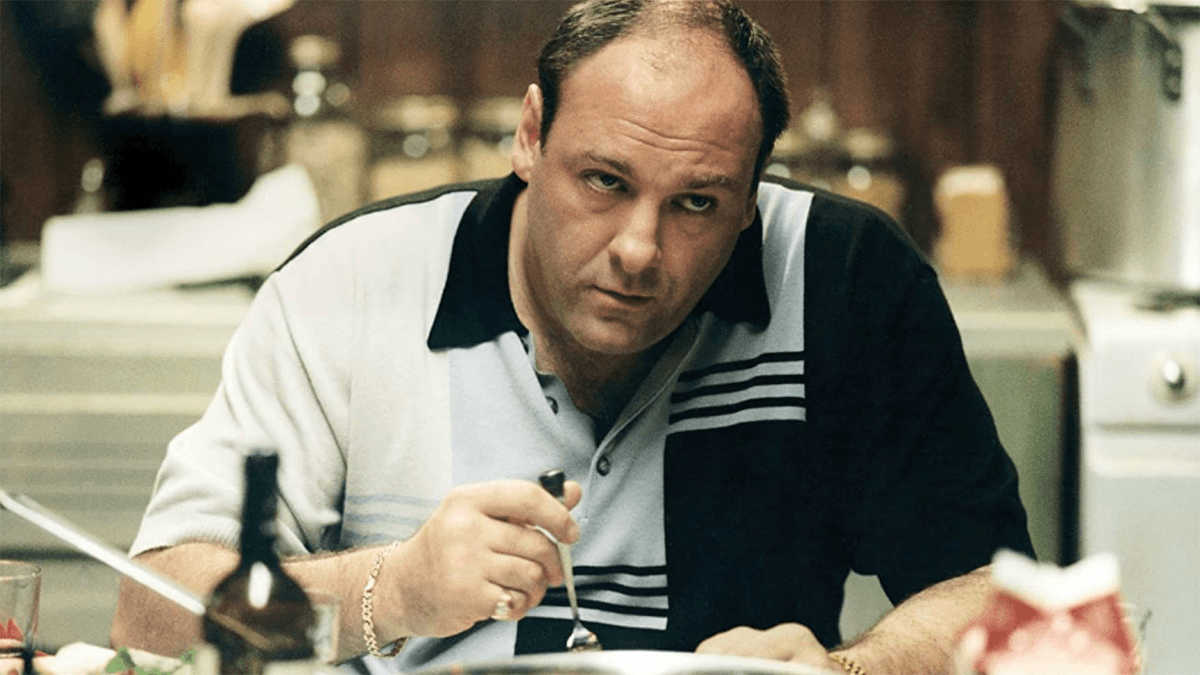All the Streets Are Silent: The Convergence of Hip Hop and Skate (1987-1997)
The recommendation for today is a documentary from 2021, narrated by Eli Gesner, co-founder of Zoo York. With footage from 1987 to 1997, it shows the entire youth that surrounded the city of New York during those 10 years.
Since the opening of the Mars club, the start of the Stretch & Bobbito Show, the emergence of Zoo York, and the beginning of Supreme, we can see how young skateboarders and the entire hip-hop movement came together. Moreover, with more current interviews, we can get an idea of how most of the people who were present during this cultural upheaval are influential in some way.
Eli Gesner, co-founder of Zoo York, took his camera everywhere and filmed the day-to-day lives of his friends. He hung out with skateboarders to subsequently get close to graffiti artists. At that time, skateboarding was still viewed by rap as something for white kids.
When you are from the outskirts, skateboarding was not as important as making money.
Clark Kent, DJ at Mars.
In the 80s, punk, Warhol, Basquiat, and Hering “died” and left a void in NY culture. Thus, the city began to move and raise culture again. “The young skateboarders, who loved punk, loved hip hop. I describe it this way, it’s the same expression but two types of presentation. For example, the Beastie Boys, they were a punk band that became hip hop” - Darryl, Run D.M.C.
Hip hop was what the youth listened to on the streets, but the clubs in the city did not embrace the genre. In December 1988, Mars club opened its doors and changed the scene. Yuki Watanabe was a promoter and brought a business model from Japan where each floor of the club was a party. He was friends with Eli and wanted to involve the youth in some way: the party ‘Trip’ was created, by Eli Gesner and Damany Beasley.

The party, which took place weekly, played everything: hip hop, reggae, jazz, R&B. Since Eli hung out with the skateboarders, they began to frequent the place, along with the first rappers, who came to perform at the club and also record their mixes. Hip hop at the time produced the soundtrack of the generation.
Hip hop was definitely a catalyst for us to become more similar to a certain extent. We shared the music.
Dres, Black Sheep
Q-Tip, Big Daddy Kane, KRS-One, Public Enemy, Guru, Ice Cube, Kool Keith, The Jungle Brothers, Kid Capri, DJ Scratch, Jaz-O, Jay-Z, Rakim were some of the names that frequented Mars.

The party at Mars began to grow and a new DJ appeared: Stretch Armstrong. He wanted to do a show on a hip hop radio station. He enrolled at Columbia University and invited Bobbito Garcia, A&R of Def Jam Records, to co-host the show with him. They invited people to rap, who were not invited to the regular radio, replicating the scene that happened downtown.
They gave opportunities for other people to shine.
Kid Capri, about the Stretch Armstrong and Bobbito Show
Unfortunately, Mars took on too much of a scale and the audience became less familiar, and a lot of violence occurred. They decided to close the venue. Because of the success of the club, Eli was recruited by Russel Simmons from Def Jam to start a hip hop clothing line: Phat Farm and, along with two other skateboarders, they created the first line of hip hop and streetwear clothing.
It was the place where all these people would gather before the explosion of opportunities for all of us. The big clothing lines, the big brands, the big artists, the big musicians, everything. It started with Mars.
Darryl, Run D.M.C.
Soul Artists of Zoo York occupied the streets of NY in the meantime and was one of the first skate and graffiti crews. Over time, the skateboarders decided to create their own brand, “Zoo York”, in honor of the old crew. Eli, who did the graffiti for the logo, teamed up with Rodney Smith to represent the street culture of NY.

Basically, we adopted this approach and offered to some kids who might not have the opportunity to be recognized in skating, the chance for an initial boost.
Rodney, about making skateboarders professionals.
"I vividly remember meeting James Jebbia on Prince Street and him introducing me to the idea of Supreme. 'I want to open a skate shop,' he said. I replied, 'Well, because there isn’t any skate shop in New York. We need a skate shop.' 'Yes, I’ll do mine as an art gallery. It will be clean and white. And all the boards will be the works of art.'” - Eli Gesner, about the beginning of Supreme.

With Zoo York and Supreme, which opened in April 1994, the youth had a place to gather. Streetwear, skate, and hip hop began to merge into something unique. The logo of Supreme, being a rip-off of Barbara Kruger, visually connects skateboarding to the world of art, as the art of skateboarding should be taken seriously just like any gallery in SoHo.

Larry Clark frequented the parks and casually took photos of the skateboarders. After a while, he came up with the idea of making a film, KIDS, about the lives of the young people he photographed. KIDS premiered in July 1995 and was like a documentary of the lives of the youth, it felt like a commercial for Zoo York.

Eli had a lot of material stored and began to use his videos of people rapping over skate videos. In March 1997, Zoo York released its “Mixtape”, the first skate video to have its own soundtrack: from the Stretch and Bobbito Show, hip hop. The video shows how hip hop and skating were so related.

We could never have imagined that all the culture we loved so much, which was so unique to us, which we felt was really precious and appreciated by just a few people, would become mainstream. Skateboarding became mainstream. All these things that were ours, that were our little things, became mainstream. And knowing that all the films, all the articles, all the documentaries, all the music, all the talent that came out of that, all of it came from a very small group of dedicated, passionate, and talented individuals.
Rosario Dawson
See others like this





